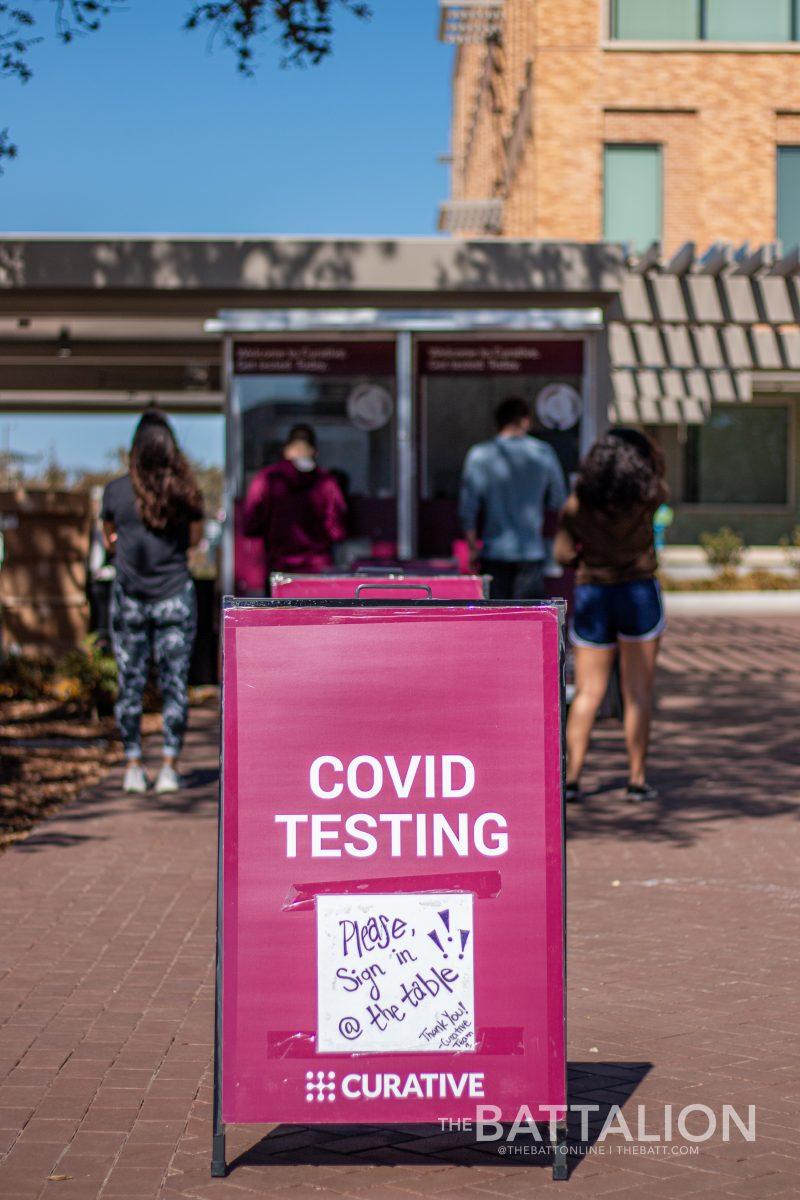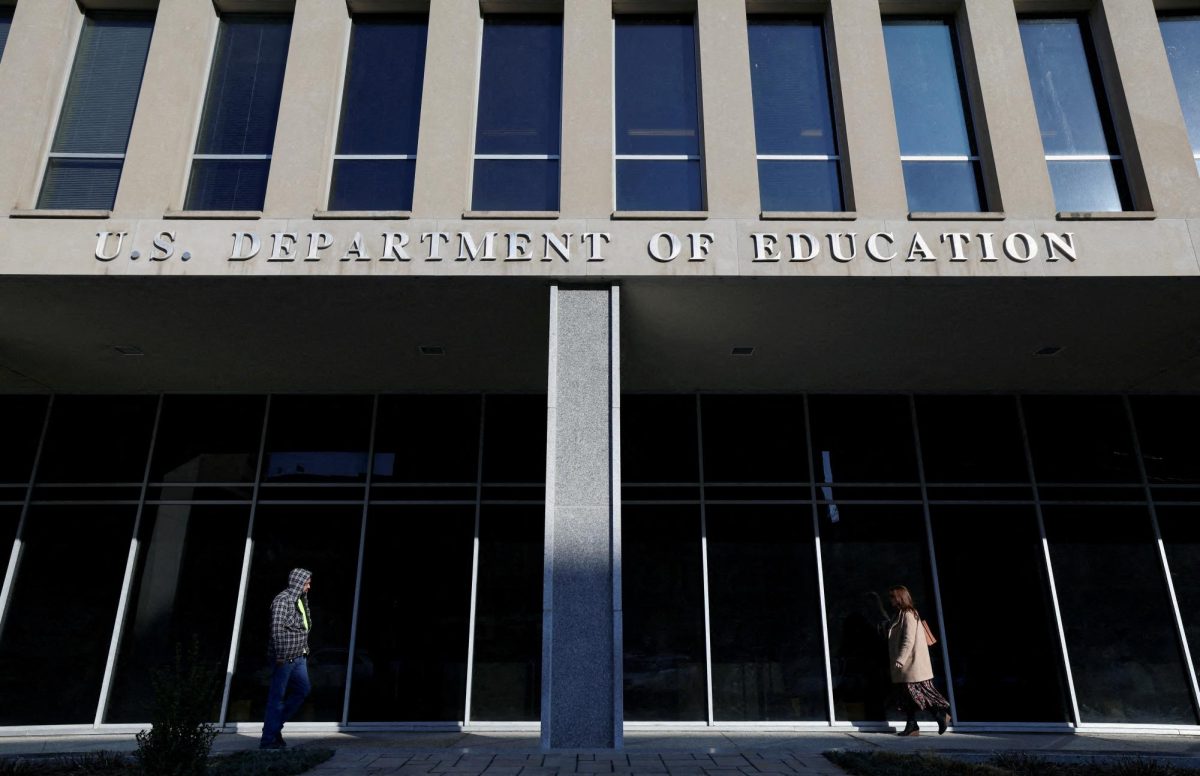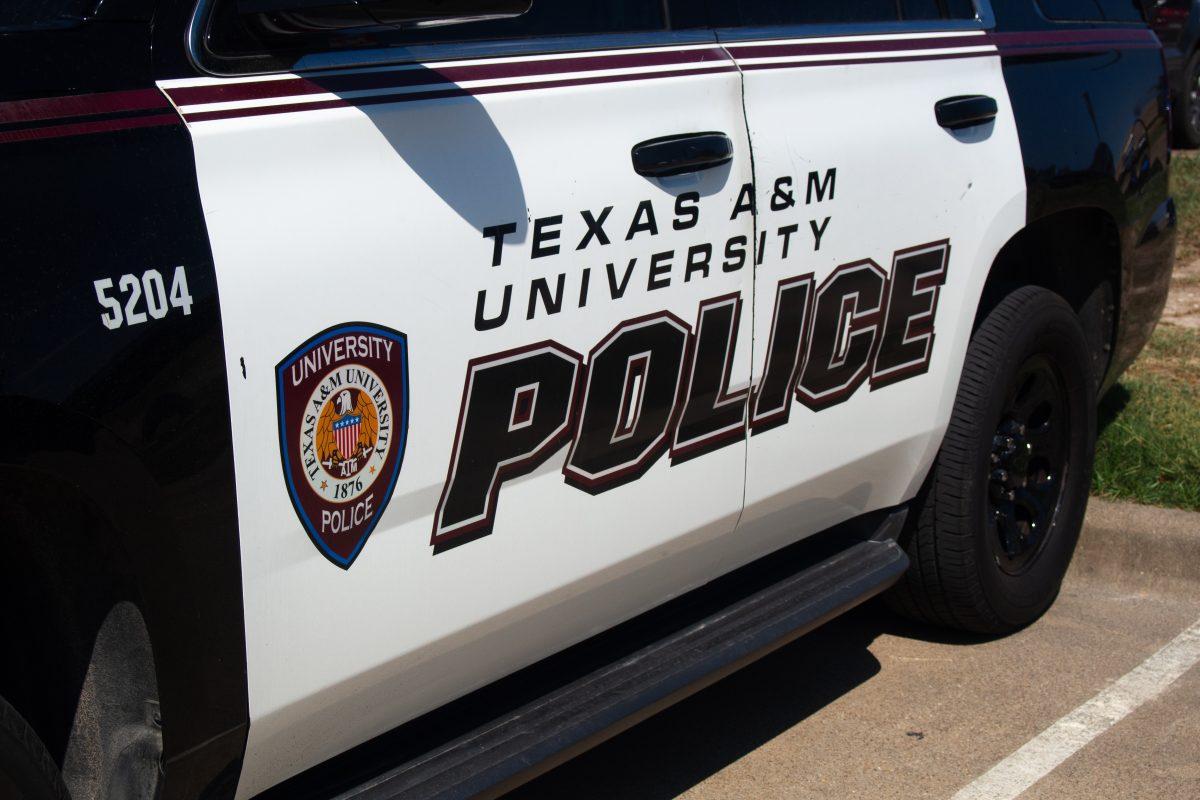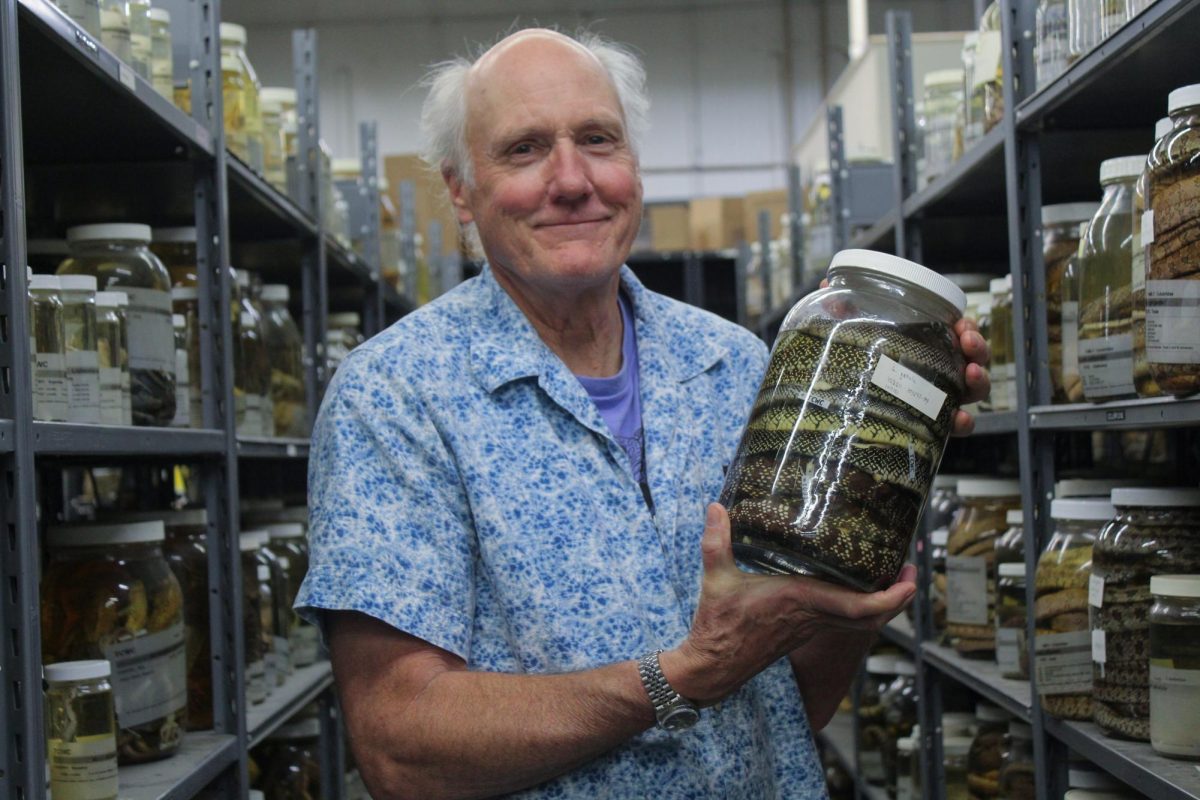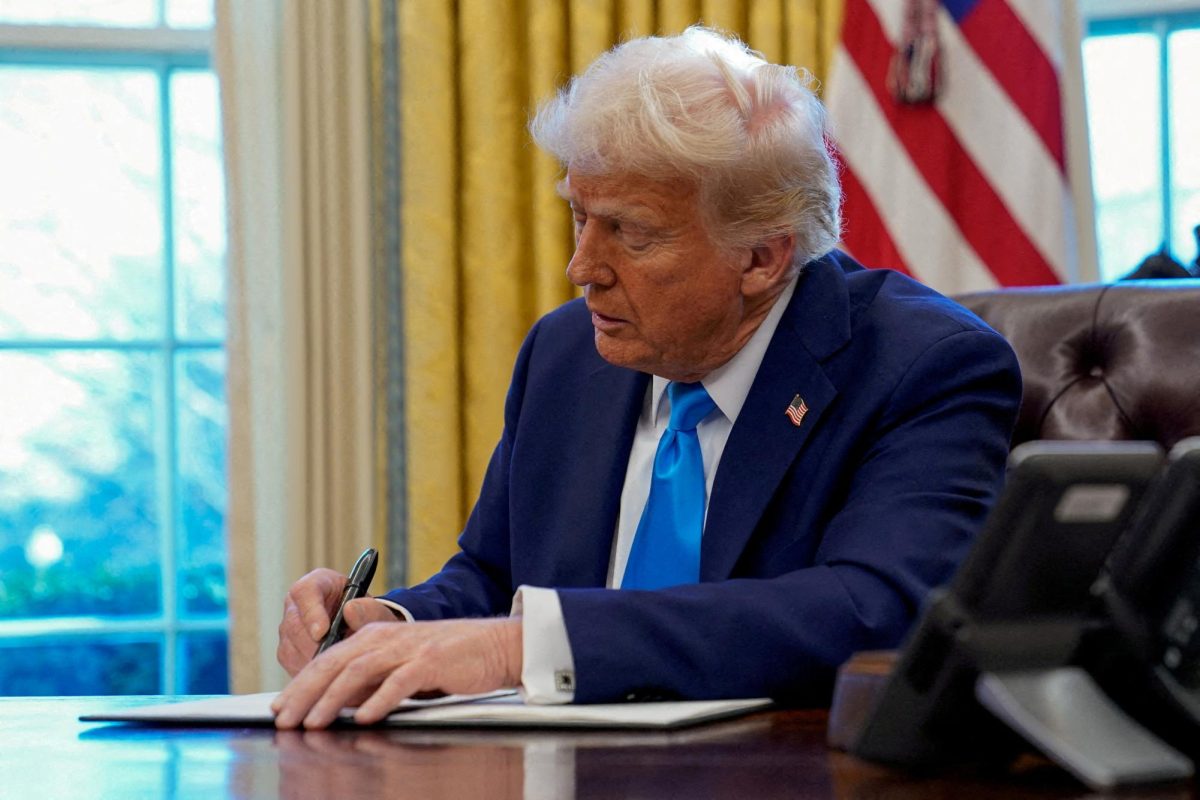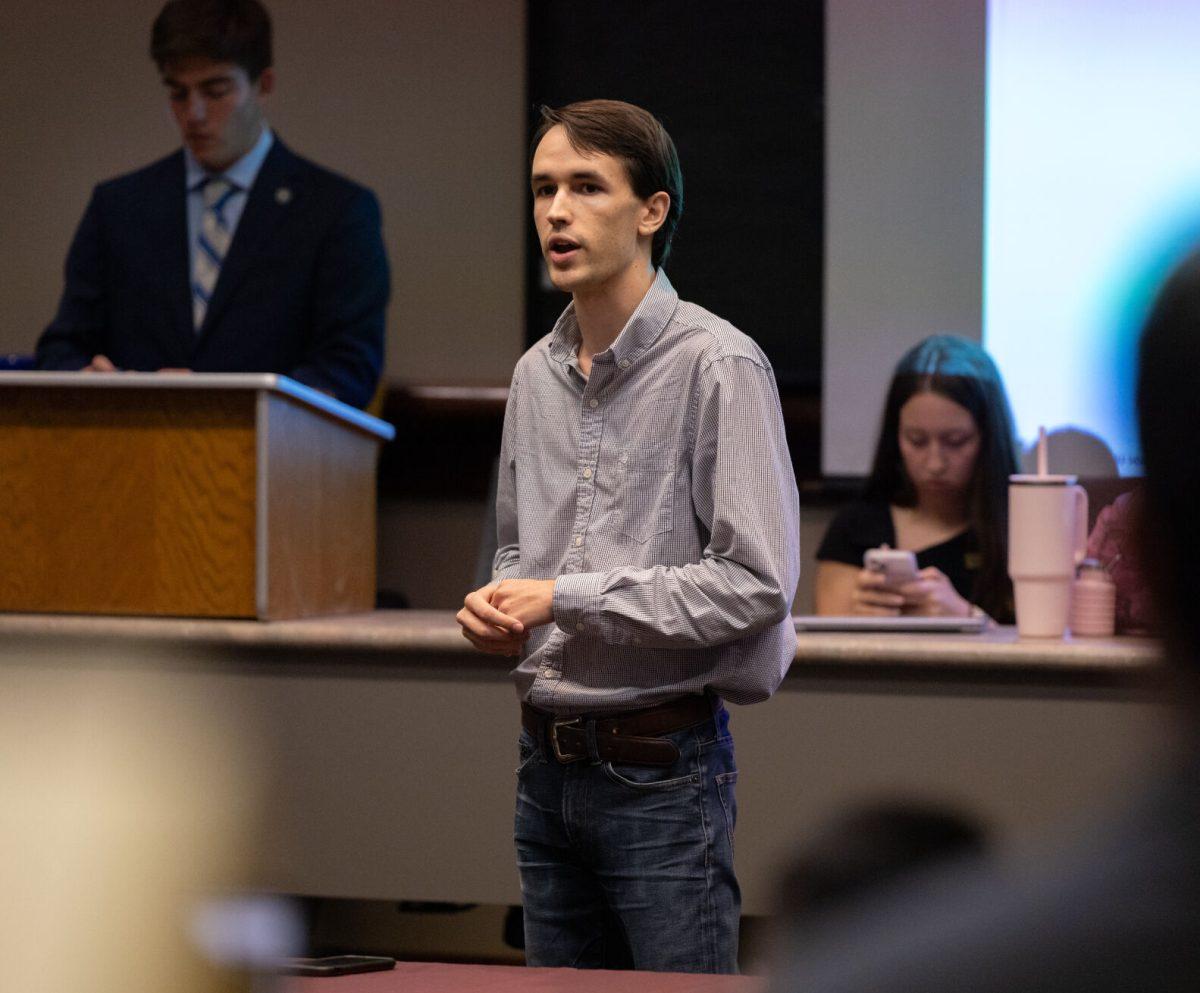On March 11, 2020, COVID-19 was declared a global pandemic by the World Health Organization. Now, a year later, experts have learned much more about the novel coronavirus and the effect it has had on the world.
In March of 2020, when businesses began to close to limit exposures, COVID-19 was a mystery to many, and there were questions about how it is spread, how infectious it is and more. Now, both health care officials and the public are learning the ins and outs of dealing with COVID-19.
Texas A&M EMS Medical Director Garry Gore said over the past year medical staff have become more familiar with COVID-19 and how to deal with it. Gore added that Student Health Services has experienced no COVID-19 transmission from patients to medical staff.
“We were really not sure what was happening early on and we didn’t have a lot of information, so there was a heightened awareness and a lot of fear even among some of our medical staff here,” Gore said. “We have become a lot more comfortable dealing with it now that we have some experience behind us.”
A year ago, officials had little idea how exactly the virus spread but have now learned the proper techniques to combat it, such as wearing masks, physical distancing and having increased ventilation.
“I think that a lot of people are much more comfortable knowing that the measures are helping and know that we can reopen to a degree,” Gore said. “I think with the governor’s recent declaration, there is going to be increased anxiety as people see people without masks.”
Health care workers have been working around the clock to make sure the public stays safe. Dean of the School of Public Health Shawn Gibbs said this has involved long shifts and plenty of personal protective equipment to ensure their own safety. Many health care workers have even left their families for prolonged amounts of time to travel to high risk areas because of the need for medical workers at the beginning of the pandemic.
“It is never-ending for them,” Gibbs said. “Most health care workers were on the front line of this and working 12-hour shifts. There is also the constant worry that they are going to bring this home to their families.”
Although it is unusual for vaccines to be quickly approved, over the past year many companies around the globe have been working to find a vaccine that would help combat the SARS-CoV-2 virus which causes COVID-19. So far, three vaccines including Moderna, Pfizer and Johnson & Johnson have been approved for emergency use. The U.S. has worked to pass out the vaccines at the fastest rate possible while making sure those of high risk and front line workers are vaccinated first.
“With everyone having the opportunity to get a vaccine and with continued university guidelines to … wear masks and continue social distancing, I think we will be able to get back to a much more normal campus,” Gore said. “I think we are going to have these protective measures for some time, well over a year, and I think we are going to gradually get to a point where we are offered vaccines every year like we are with influenza.”
Students and staff going into the 2020 Spring Break did not know they had just left their last week of normalcy. When A&M announced on March 12, 2020, that classes would be solely online for the rest of the spring semester, many students began to struggle due to the difficult transition they were suddenly facing. Professors had to quickly adapt to teaching online as well as worrying for their students, such as business professor Wanda Curtsinger who decided to take professional development courses to help students.
“I started to take a lot of professional development on mental health, suicide [and] depression, and then I sent out links about the food bank and how to get help because I hear a lot of stories of stuff from my students,” Curtsinger said. “I took those professional development courses to make sure that if students do come to me, then I can listen and give them recommendations on what to do and where to go.”
Curtsinger said she knew the transition to online learning was no easy task for anyone and students would begin to struggle due to outside stress and the adjustments they would have to make on top of all of the unknown in the world.
Gov. Greg Abbott recently announced the state mask order will be lifted on March 10 and businesses can begin to operate with no seating capacity limits, which raised concerns among medical professionals who fear there could be another spike in positive COVID-19 cases. Gibbs said he does not believe that will shut down again even if case numbers do rise again because public opinion has begun shifting away from widespread fear about the coronavirus.
“Just when they think there is some light at the end of the tunnel, states start changing their protocols and opening things up, so it is likely that we are going to see more cases,” Gibbs said. “I think that public perception has shifted greatly, and I think that it is very unlikely that we go backwards at this point even if that is where the science points.”
Looking forward, Gibbs said there is still much to do to combat this pandemic. After a year of physical distancing, wearing masks and quarantining, health officials still urge people to continue these practices to limit the spread of the virus as it continues on a year later.
“My concern is people thinking it is over,” Gibbs said. “We have vaccines coming out, but they are coming out slowly. Additionally, you do not get the upper efficacy until about two weeks after your second dose.”
Professors, medical professionals reflect on year of COVID-19
March 10, 2021
Photo by Photo by Harrison Cain
Members of the Bryan-College Station community reflect on on how COVID-19 has impacted their lives nearly a year later.
0
Donate to The Battalion
$1965
$5000
Contributed
Our Goal
Your donation will support the student journalists of Texas A&M University - College Station. Your contribution will allow us to purchase equipment and cover our annual website hosting costs, in addition to paying freelance staffers for their work, travel costs for coverage and more!
More to Discover




